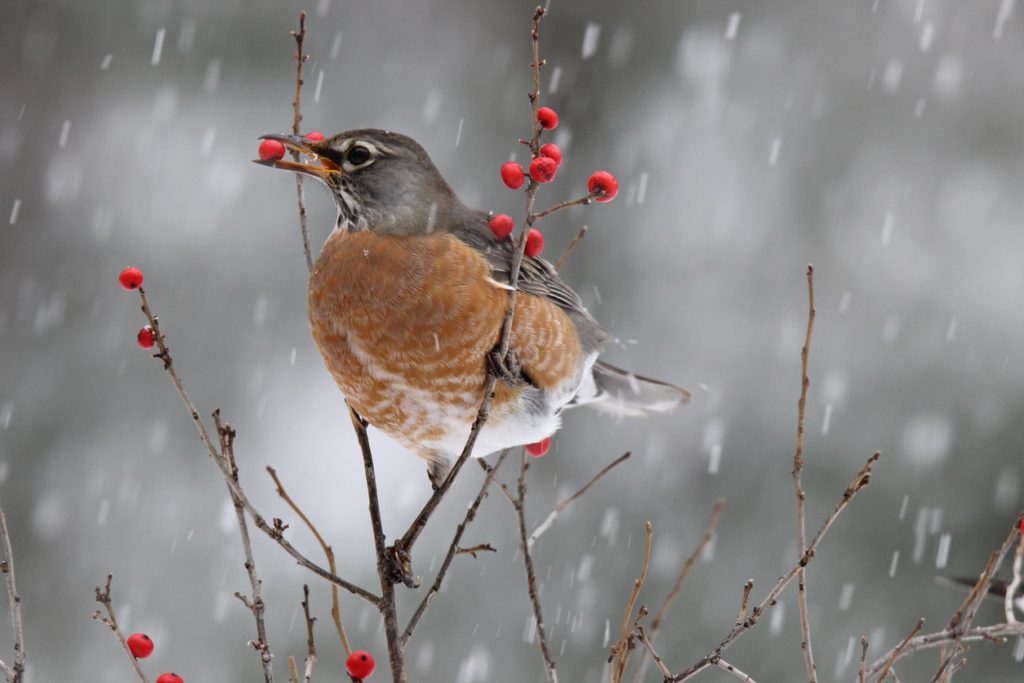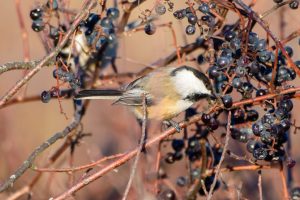Creating Winter Habitats for Wildlife

Creating Winter Habitats for Wildlife with Native Plants
As winter approaches, many gardeners turn their attention to preparing their landscapes for the colder months. But while we may be tempted to tidy up and clear away, it’s crucial to remember that our local wildlife needs shelter and food during this time. By designing our gardens with native plants and thoughtful features, we can create inviting habitats that support birds, insects, and other creatures throughout the winter.
The Importance of Native Plants
Native plants are adapted to the local climate and soil conditions, making them resilient and easier to care for. They provide essential resources for wildlife, including food and shelter. By incorporating native species into your garden, you can help support local ecosystems, even during the harsh winter months.
Tips for Creating Winter Habitats
1. Plant for Food and Shelter
Choose native plants that provide berries, seeds, and nuts during the winter. Some excellent options include: 
- Winterberry (Ilex verticillata): This deciduous holly produces bright red berries that feed birds throughout winter.
- American Beautyberry (Callicarpa americana): Known for its vibrant purple berries, this shrub attracts a variety of birds.
- Coneflowers (Echinacea spp.): The dried seed heads provide a food source for finches and other birds.
2. Leave Natural Debris
Resist the urge to tidy up your garden completely. Leaving leaves, brush, and dead plant stems can create essential habitats for overwintering insects and small mammals. Leaf litter serves as insulation for beneficial insects and helps maintain soil health.
3. Create Dense Shrubs and Thickets
Planting dense shrubs and thickets not only provides nesting sites but also offers shelter from predators and harsh weather. Consider planting native shrubs such as:
- Dog Hobble (Leucothoe spp.)
- Viburnum (Viburnum spp.)
- Serviceberry (Amelanchier spp.)
These plants can create protective areas for birds and small mammals.
4. Add Water Sources
Freshwater is often scarce in winter. Installing a birdbath or a small water feature can provide essential hydration for wildlife. Be sure to regularly change the water to keep it clean and ice-free.
5. Incorporate Evergreens 
Evergreen plants provide year-round shelter and food. They offer a refuge for birds and other animals during snowstorms and cold snaps. Their foliage also provides a windbreak, protecting more vulnerable plants in your garden.
6. Create Brush Piles
Building a brush pile from fallen branches and twigs can create a perfect habitat for small mammals and insects. These piles provide shelter from predators and serve as a cozy space for overwintering critters.
7. Plant a Variety of Heights
Design your garden with a mix of heights—groundcovers, mid-height plants, and taller trees. This diversity creates a range of habitats that cater to different wildlife needs, offering nesting sites, foraging areas, and hiding spots.
8. Be Mindful of Garden Maintenance
When preparing your garden for winter, consider using organic methods and minimizing the use of pesticides and herbicides. This practice helps protect beneficial insects and other wildlife that rely on your garden for sustenance.
Conclusion
Creating winter habitats for wildlife in your garden doesn’t require a complete overhaul. By thoughtfully incorporating native plants and maintaining some natural elements, you can provide vital resources for local wildlife during the colder months. As you prepare your garden for winter, remember that you’re not just caring for your plants—you’re creating a sanctuary for the diverse array of creatures that share our environment.
